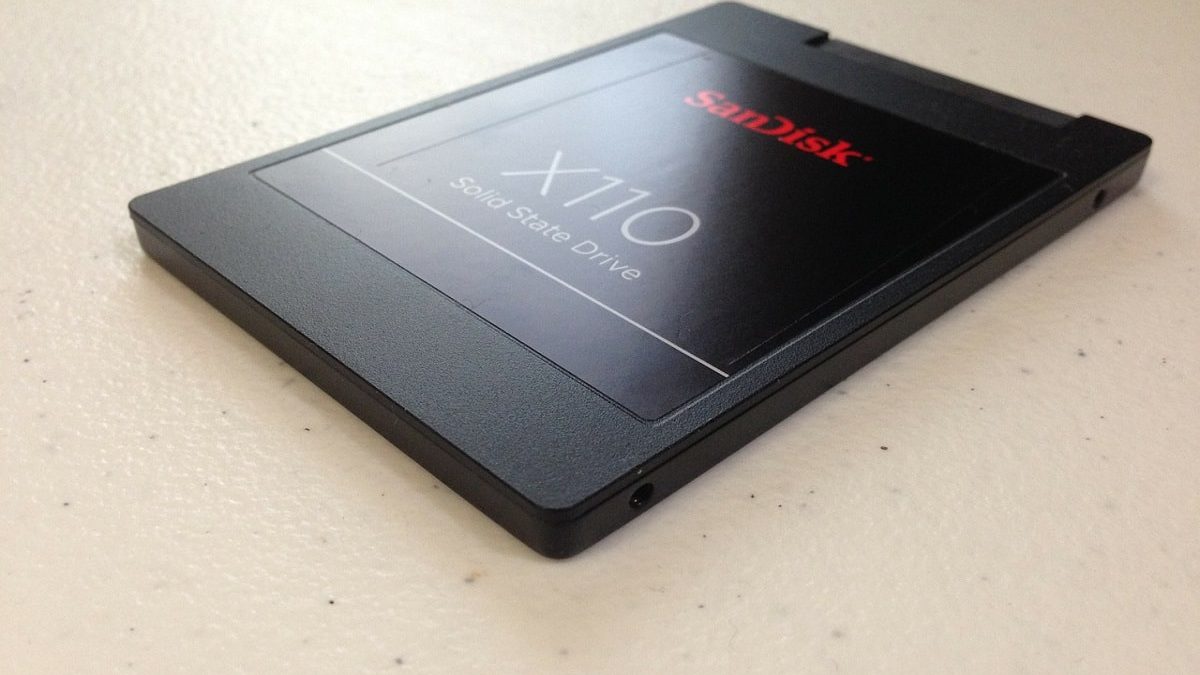Table of Contents
mSATA-Drive Definition
An mSATA-Drive is a solid-state drive (SSD) conforming to the Serial ATA (SATA) International Organization SATA interface specification.
The mSATA SSD is smaller than the standard SSD and intended for use in portable devices with limited space such as laptops and netbooks.
The mSATA specification transfers SATA signals to a PCI Express connector in the form of a mini-card. It allows users with a range of applications.
However, them is no longer “mini,” and the specification is called mSATA.
What are the specifications of mSATA?
The mSATA specifications describe how to map SATA signals on a mini-card connector of Peripheral Component Interconnect Express (PCIe) to enable the user within a wide range of applications.
- Advanced Technology Attachment (ATA) command in mSATA is set to transfer data like SATA, between a target storage device and a host computer.
- The main differences between a SATA SSD and an mSATA SSD are the physical size and the connector.
- In 2009, the development of the mini interface connector started by The SATA International Organization (SATA-IO).
- As part of the SATA revision 3.1, The mSATA specification emerged in 2011.
- Vendors who contributed to the mSATA specification include Dell, Hewlett-Packard (known as Hewlett Packard Enterprise), Lenovo, Samsung, SanDisk, sTec (acquired by HGST, a Western Digital company, in 2013) and Toshiba.
What is the difference between M.2 and mSATA Drive?
The high-performance storage devices designed for use with small devices such as notebook and tablet computers for M.2 and mSATA solid-state drives.
- An mSATA Solid-State Drive uses no more than the SATA, whereas the M.2 Solid-State Drives supports the SATA.
- In 2013, the M.2 form factor emerged approximately after two years of the specification of mSATA.
- M.2 specification defined by the PCI Special Interest Group consortium of technology vendors.
- M.2 Solid-State Drives also support the SATA Express (SATAe). Half-size mSATA SSDs are also available.
- The SATA 3.2 revision defines and enables the SATA or PCIe connectors. The SATAe-based on M.2 drive asks the host if it is PCIe or SATA. However, few commercial products support the SATAe.
- The new M.2 form allows for variations in drive dimensions factor, whereas full-size mSATA SSDs transport in only one size.
What is the technology comparison between mSATA and mPCIe(mini PCIe)?
- An A Solid-State Drive is similar in size and outer shell to a mini PCIe card, and both robust into the same mini PCIe slot of a space-constrained computing device on the motherboard.
- However, an mSATA Solid-State Drive uses the SATA storage bus interface and must have a straight connection to the SATA host controller.
- A mini PCIe card supports PCIe and universal serial bus signals.

